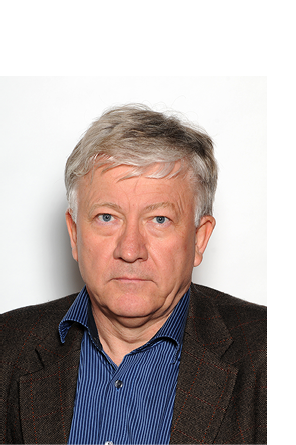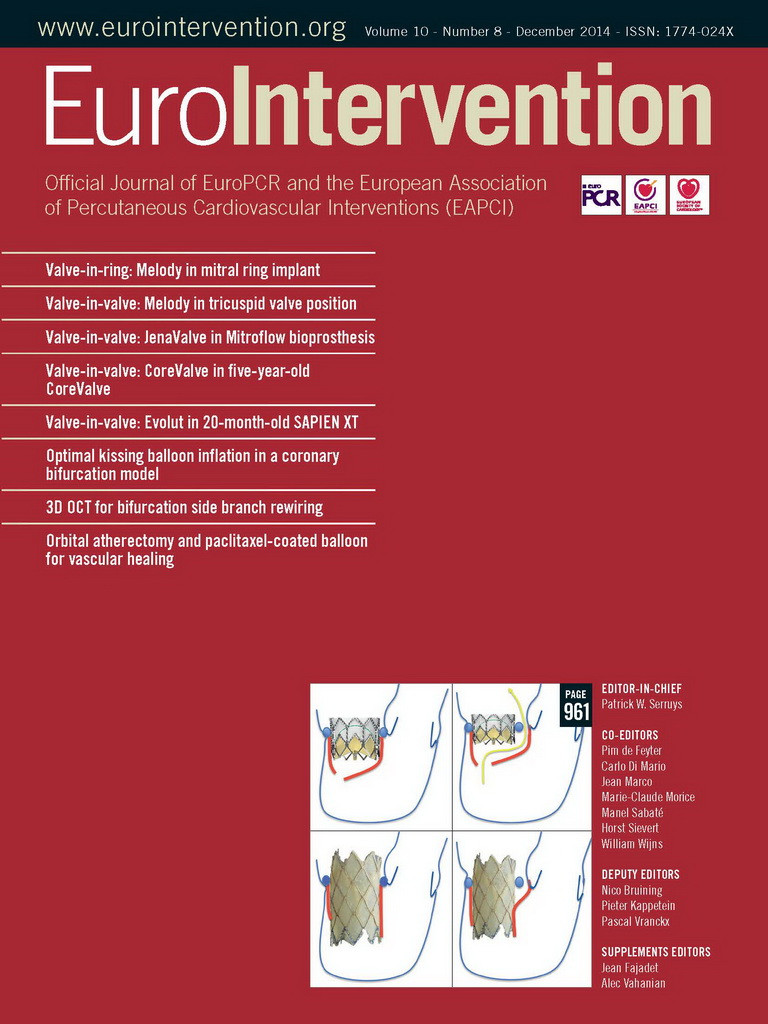NEWS
■ Young and in training? Enrol on the ESC eLearning platform and follow the 24-month programme in interventional cardiology leading to a certificate of excellence in training. For more information, visit learn.escardio.org.
■ Interventionalist under 36? Apply before 15 January 2015 for the 2015 EAPCI Training and Research Grants programme.
■ Fellows course: Taking place at the Heart House in Sophia Antipolis, France on the 19 and 20 of June 2015, this course – focusing on the core subjects of the syllabus – is designed to aid the continued development of physicians who have started or recently completed a training programme in interventional cardiology.
EAPCI Focus on the Working Group on Interventional Cardiology of the Czech Society of Cardiology
An interview with the President, Josef Št’ásek
What does the EAPCI membership mean for a national society?
I think the role of the EAPCI for us is quite significant. A lot of our colleagues attend EuroPCR, which is the official meeting of the EAPCI, and in particular are interested in the educational activities of the meeting and the Association. Of course, the successful “Stent for Life” initiative is a great example of what the EAPCI does for us, and naturally we are proud that this initiative was founded by our own Petr Widimisky. The EAPCI is important, as well, in developing educational activities for our young colleagues; however, within the Czech Republic, we could use the ESC eLearning platform to a greater extent for training fellows. Last, but not least, we should not forget to mention EuroIntervention, both its print and web-based activities, which have become a valuable source of information for us all.
What are the current issues related to the national society?
Czech interventional cardiology has a strong and long-standing heritage, bringing forth such leading cardiology figures as Drs O. Klein, W. Ganz and J. Endrys, to name just a very few. Over the last few years a number of well received clinical studies were designed and originated from the Czech Republic including the PRAGUE studies, STEMI RADIAL, etc. Of these, the PRAGUE 1 and 2 studies have had a significant impact on the treatment of STEMI patients. The Czech Republic is one of the leading countries in the use of direct PCI for the treatment of myocardial infarction, and Professor Widimský was both the co-founder and first chairman of the EAPCI “Stent for Life” initiative. The current chairman, Petr Kala, is also from the Czech Republic.
We have 23 working cathlabs for adult patients (22 of them working 24/7) spread evenly over the territory of the Czech Republic. In 2013, there were 53,949 (5,395 per million) catheterisation procedures performed in adults, 21,699 (2,170 per million) PCIs, of which 6,718 (672 per million) were direct PCIs. In fact, we stopped using thrombolysis 10 years ago.
Our subspecialty is recognised by the Czech Ministry of Health, and we have a special licence for interventional cardiology, thus making us one of the few European countries to have this accreditation. With respect to fellows or trainees, today not many go abroad to train. It is a difficult situation, as my generation was very active within the Czech Republic, but also we were a stable group. Now, it is important to stimulate our younger colleagues to conduct their training both in the Czech Republic and abroad as we foresee a demand for new interventionalists.
Luckily, we do not have serious problems with reimbursement when it concerns coronary interventions; however, issues do exist for TAVI. Last year, 227 TAVI procedures were performed nationally. The problem is that one centre accounted for a majority of these procedures while the remaining centres have had limited numbers of TAVI. We have recently started using BRS, but not all centres have access to this new technology due to issues of cost.

Josef Šťásek, President of the Working Group on Interventional Cardiology of the Czech Society of Cardiology
![]()
President: Josef Št’ásek
Vice Presidents: Petr Widimský, Martin Mates.
Contact details: [email protected]
Website: www.kardio-cz.cz
Upcoming annual meeting: 16-17 April 2015 in Hradec Králové
Founded: 1994
Members: 338
EAPCI members: 44

